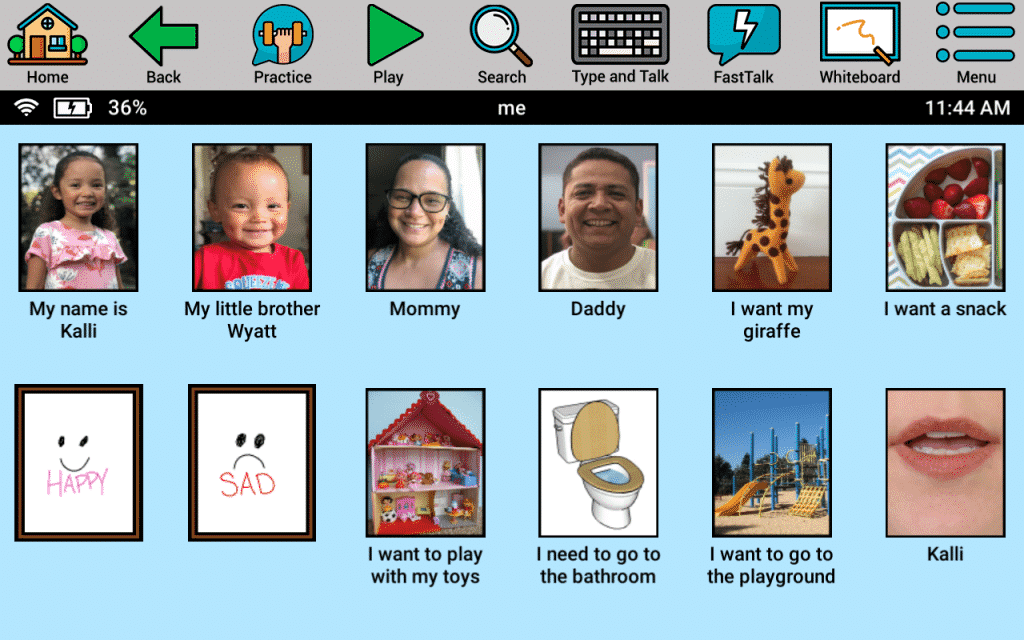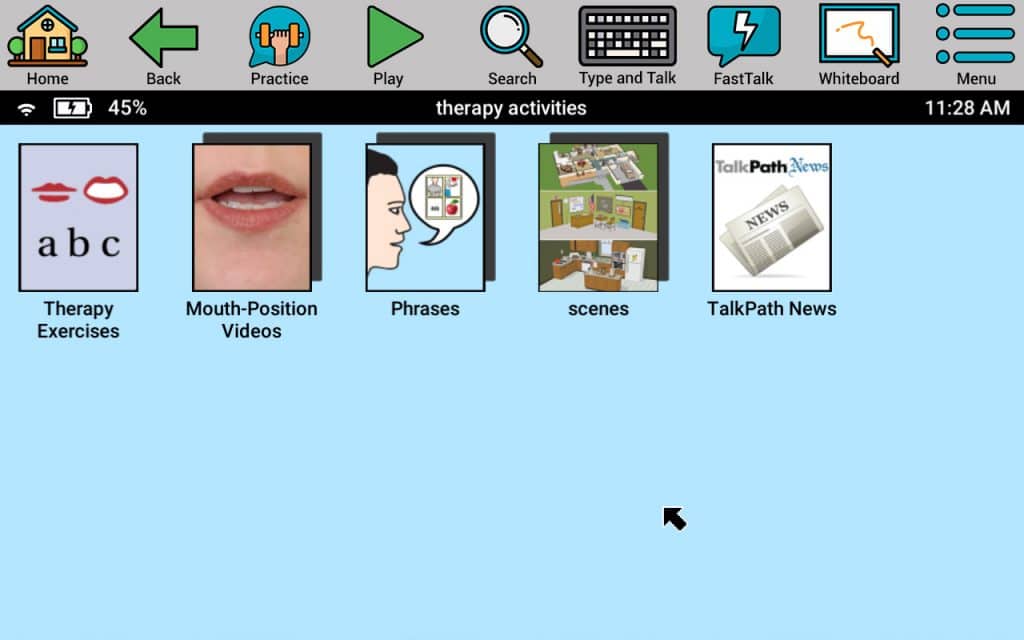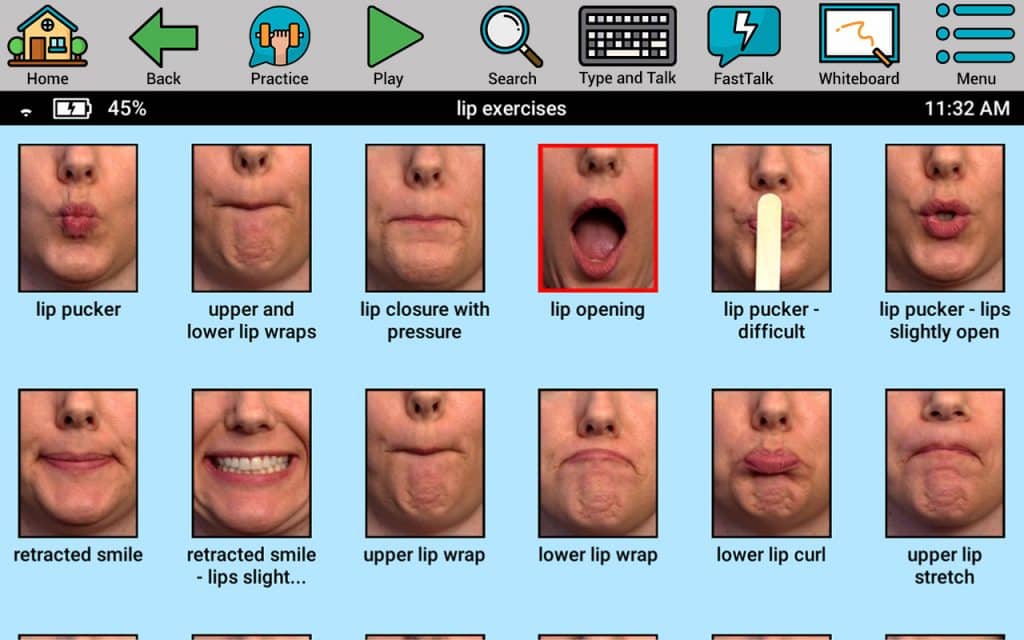As you may have recently learned, an augmentative and alternative (AAC) device can help individuals with speech and language impairments to communicate in several ways. But, AAC devices offer far more than a way to communicate. They are actually shown to improve speech in several studies.
Nonetheless, there is a persistent and common misperception that once a person begins to use an AAC device, they’ll never use their own natural speech again. In fact, for many individuals, an AAC device is a critical component of rehabilitation and even emerging language.
So, here are three ways AAC devices help individuals with speech and language impairments to improve their speech.
Three Ways AAC Devices Help Improve Speech
Number 1: By Stimulating Different Parts of The Brain

The first way an AAC device helps to improve speech is by stimulating different part of the brain. A device that combines icons, images, drawings, video, written text, and verbal output will help to stimulate parts of the brain and improve language skills.
For example, if someone has their favorite sports team just on the tip of their tongue, seeing the team’s logo or a favorite player can help to prompt that individual to say the name of the team out loud.
Number 2: By Practicing Speech Exercises

An AAC device that has built-in therapy exercises provides a well-defined way for a user to practice language skills. One clear advantage is that you don’t have to be actively working with a speech therapist. Instead, you could choose to focus on exercises around verbal repetition, reading comprehension, writing activities, personal phrases, and vocabulary.
There are even apps on the device that you can work with alongside your speech therapist that allow you to track your progress from week to week.
Option 3: By Practicing Oral Motor Videos

Many individuals who suffer from speech and language impairments can improve their speech by strengthening key muscles in and around the mouth and jaw. An AAC device that has built-in videos can prompt users on how to position the mouth and tongue to make vowel or constant sounds, and even common words, phrases, and sentences.
These videos can be especially beneficial for users who aren’t able to see a speech therapist due to insurance constraints or because of COVID-19 concerns.
Finally, you may be wondering how much your speech might improve. This is a difficult question to answer as recovery often varies from individual to individual. However, one study found that all device users with severe aphasia saw improvement in just five months. If you’d like to try a device from your home, call the number below or simply schedule a free consultation to learn more. Or take this quick and easy quiz.











Wo who soveruld this help a senior citizen
Wolu;d
paralysis on right side and ca
Would this help a 85 year old ,am that suffered a severe stroke. Brain bleed,
paralysis and not able to walk or talk.
Hi Judith! Our devices are used by people of all ages! Especially older adults who have had strokes! We can talk about if our device would be a good fit for you. You can call us directly at 866-570-8775 or click here to schedule a free consultation.
My husband had a haemorrhagic stroke 7 months ago. He is English/Cantonese bilingual. He understands speech and has spoken an appropriate phase in Cantonese, his first language. We live in Hong Kong. How can I help him?
Hi Rebecca. I’m sorry to hear about your husband’s stroke. We would be happy to talk to you to discuss possible solutions for his speech. You can call us directly at 866-570-8775 or click here to schedule a free consultation.